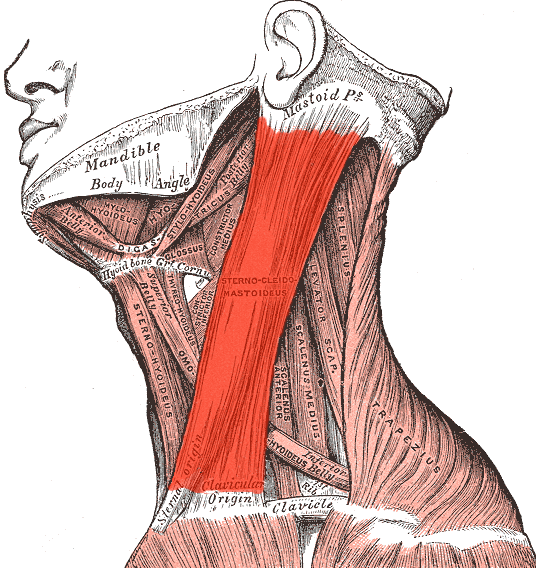Many of us have seen a patient in the ED with a “stiff neck.” Though parental concerns range from fears of meningitis (because they Googled…) to injuries, many cases are simply torticollis. Let’s dive in – gently…
What is it?
AKA wry neck, torticollis refers to a condition whereby the neck is twisted laterally. The head is tilted to one side, with the chin turned in the opposite direction. This obviously is better explained with a picture.
Does the direction matter?
In as much as you’d like to be precise in your description. I recommend that you describe the direction of the head tilt and chin lift. The boy in the above example therefore has torticollis with head tilt to the RIGHT and chin rotation ot the LEFT.
What causes it?
You’re less likely to see the most common kind in children in the ED actually. That’s because congenital toricollis is often identified in the neonatal period, resulting from muscular fibrosis of the SCM muscle. Other causes include congenital bone or neurologic problems. Acquired torticollis is what comes to the ED at 7:30AM on a Tuesday. The most common cause is spasm of the sternocleidomastoid (SCM) muslce which runs from the manubrium and midlle third of the clavicle to the ipsilateral mastoid process. On exam you will feel a taut, tender muscular bundle. The trapezius can also be involved.
Acquired torticollis caused by SCM spasm leads to the following findings:
- The chin is rotated contralateral to the spastic SCM
- The ear and head are tilted ipsilateral to the spastic SCM

What are some other causes?
Well, there’s atlantoaxial rotary subluxation, where C1 and C2 are “locked” in a rotational position. SCM spasm occurs secondarily and is on the side that the chin is tilted. Read this article for more (self serving I know).This is best diagnosed with CT scans and should be managed by a Neurosurgeon. Other etiologies include retropharyngeal abscesses and otitis media (Grisel syndrome), Lemierre syndrome, cervical spine injuries, antipsychotic drugs (dystonic reaction), epidural hematomas and CNS tumors.
Do I need imaging or other studies?
Not if the history is reassuring. Particularly if there is no trauma, no midline C spine tenderness, no fevers or other signs concerning for infection. Also, though painful the patient should be able to move their neck. It is not “stuck” as they might initially claim. This should help rule out atlantoaxial rotary subluxation in which the neck really is stuck.
How do I treat it?
NSAIDs, heat, massage, muscle relaxants and soft collars have all been used in the treatment. Encourage early ROM exercises and provide reassurance that the symptoms will improve in the next 7-10days with the worst discomfort in the first 48-72 hours.









